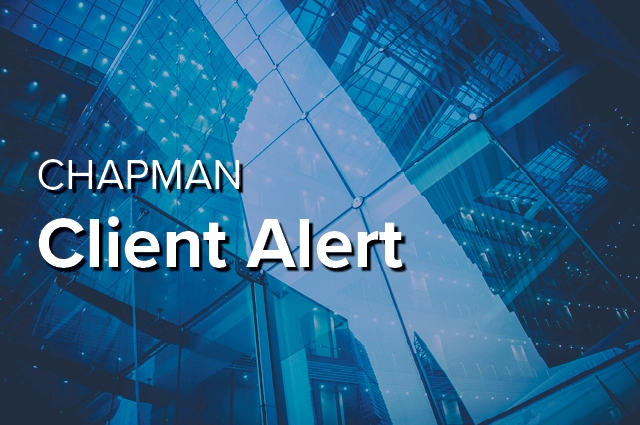- Topic: Regulation AB II
3 matches.
On June 12, the Department of Treasury issued the first report in a series regarding regulation of the financial system in a manner consistent with Core Principles set forth in Executive Order 13772 signed by President Trump on February 3, 2017.
- Client Alert
In this article, we provide a brief overview of the key reforms under Regulation AB II, followed by a more focused review of the next compliance hurdle that ABS issuers will face — annual compliance checks to determine continued shelf eligibility.
In August 2014, the SEC adopted final rules under Regulation AB that substantially revise the offering process, disclosure and reporting requirements for offerings of ABS. More than four years after the SEC originally published its comprehensive "Regulation AB II" rule proposals, and after two partial re-proposals in 2011 and 2014, the final rules implement several key areas of reform but defer action on other significant aspects of the original proposals.






